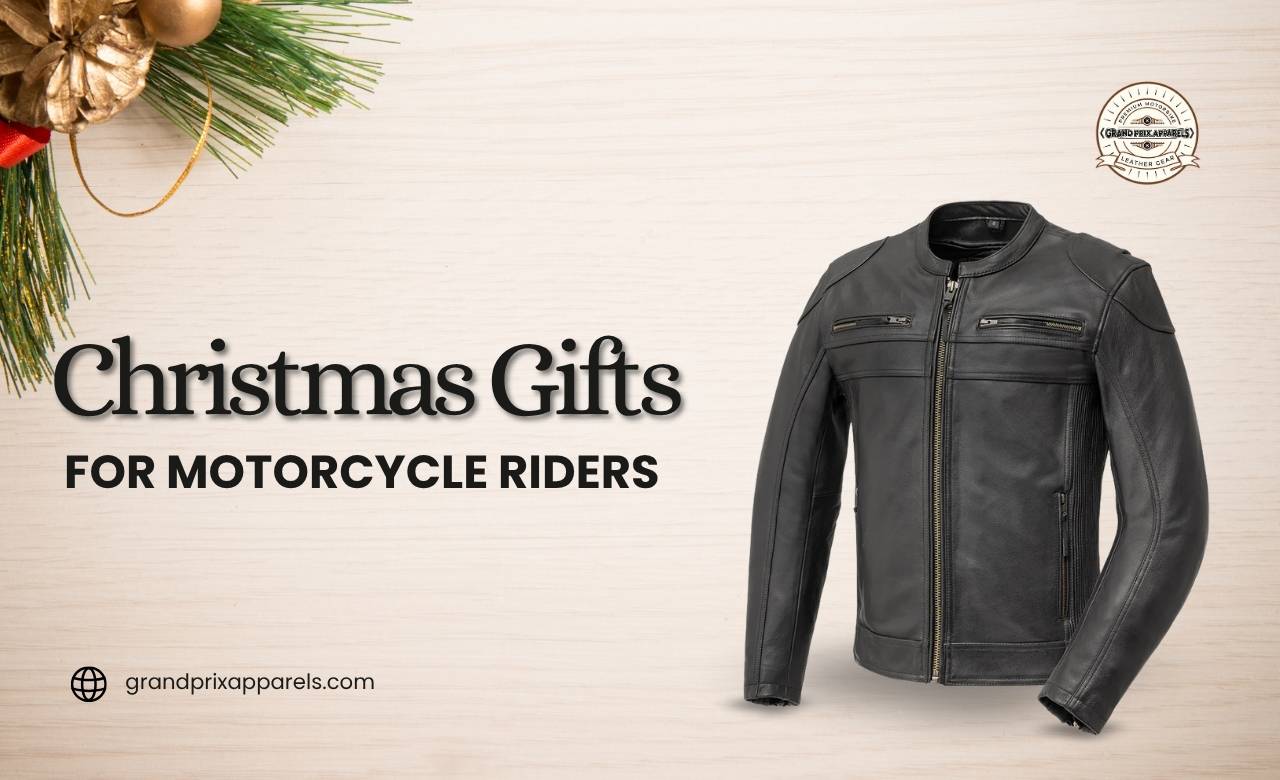
10 Christmas Gifts for Motorcycle Riders in 2025
Motorcycle riders live for the road, and Christmas is the perfect time to celebrate their passion. A well-chosen gift can add comfort, style, and convenience
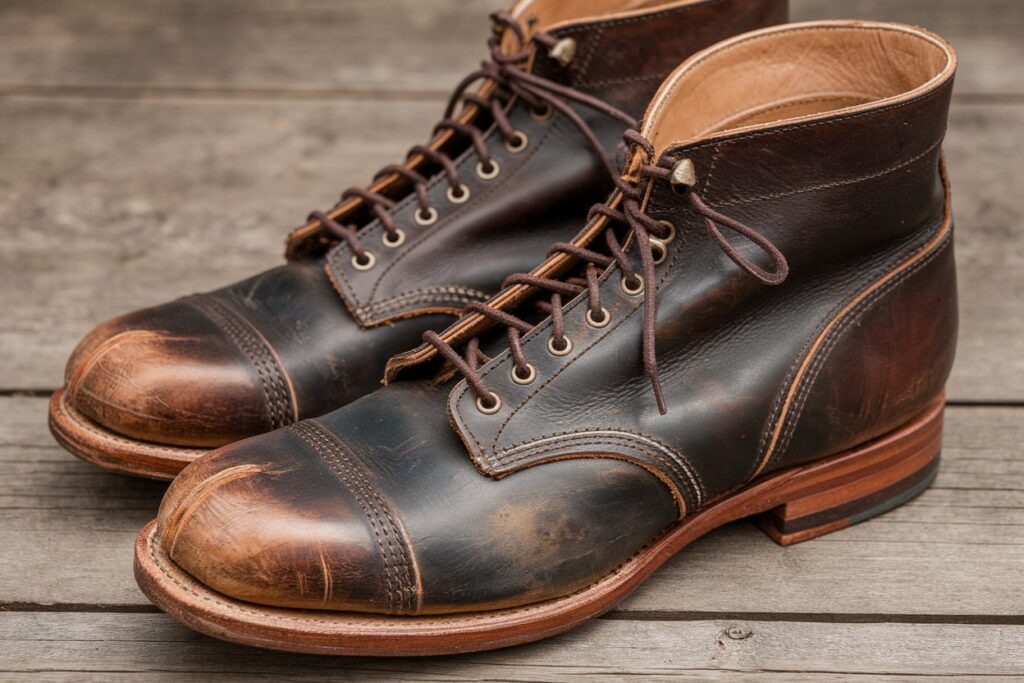
Leather boots are a timeless and versatile footwear choice that can serve various purposes, from fashion statements to protective gear for outdoor activities. However, finding the right pair that balances comfort and durability is essential. Poorly selected boots can lead to discomfort, pain, or premature wear and tear. In this guide, we’ll walk you through the key factors to consider when choosing leather boots, ensuring you get the perfect fit for both comfort and longevity.
The first step in choosing the right leather boots is understanding the quality of leather used in their construction. Leather can vary significantly based on the type, source, and treatment process.
| Type of Leather | Characteristics | Best For |
|---|---|---|
| Full-Grain Leather | The highest quality leather, retains natural grain. | Outdoor, rugged use, long-lasting. |
| Top-Grain Leather | Sanded to remove imperfections, softer than full-grain. | Fashion boots, comfortable wear. |
| Genuine Leather | Made from the lower layers of the hide, less durable. | Budget-friendly options. |
| Suede Leather | Soft, velvety texture, more porous. | Fashion and light use. |
Full-grain leather is the best option for durability and comfort. It is made from the top layer of the hide, which retains its natural texture and imperfections. This type of leather develops a rich patina over time, enhancing both its look and durability. Full-grain boots are ideal for heavy-duty outdoor use.
Top-grain leather is slightly more processed than full-grain leather, which makes it softer and more comfortable right out of the box. While not as durable as full-grain, top-grain leather still offers long-lasting wear and is perfect for fashion boots or more moderate outdoor activities.
Genuine leather is made from the lower layers of the hide, which makes it less durable and more affordable. It is commonly used for budget-friendly boots but may not offer the same long-term durability as the higher-quality options.
When choosing leather boots, comfort is paramount. A boot that doesn’t fit properly or lacks the right features for comfort can lead to blisters, foot pain, or long-term issues. Consider the following features to ensure maximum comfort:
| Comfort Factor | What to Look For |
|---|---|
| Fit | Proper sizing and width. Choose boots with adjustable closures for a snug fit. |
| Arch Support | Look for boots with built-in arch support for all-day comfort. |
| Cushioning | Boots with padded insoles or footbeds provide extra comfort. |
| Breathability | Opt for boots with breathable linings to reduce moisture buildup. |
Fit is the most crucial factor in comfort. Boots that are too tight or too loose can cause pain and discomfort. Make sure to try on boots with the socks you intend to wear and consider the width of your foot. Many boots now come in various widths to cater to different foot shapes.
If you’re going to be on your feet for extended periods, it’s important to select boots with proper arch support. Arch supports prevent foot fatigue and help maintain proper posture, especially if you have flat feet or high arches.
Cushioning in the insole can provide added comfort, particularly during long walks or extended standing. Look for boots that feature memory foam or gel insoles that mold to the shape of your foot for a personalized fit.
Leather is naturally breathable, but some leather boots include additional features such as mesh linings or waterproof membranes that offer extra ventilation. This can help reduce sweating and keep your feet dry and comfortable.
Durability is essential, particularly if you plan to wear your boots for outdoor activities, hiking, or heavy-duty use. Here’s what to look for when choosing durable leather boots:
| Durability Factor | What to Look For |
|---|---|
| Construction Method | Go for boots with Goodyear welt or cement construction for added durability. |
| Sole Material | Vibram or rubber soles offer excellent traction and durability. |
| Water Resistance | Look for leather boots treated with water-resistant coatings or waterproof membranes. |
The construction method significantly affects the longevity of boots. Boots with a Goodyear welt construction are generally more durable, as this method involves stitching the upper part of the boot to the sole, allowing for easier repairs and extended use.
The material of the sole is just as important as the leather upper. Rubber or Vibram soles are known for their excellent traction and durability. These soles provide better grip, especially on slippery surfaces, and resist wear over time.
If you’re going to use your boots outdoors or in wet conditions, look for boots with a water-resistant coating or waterproof membranes like Gore-Tex. These features will keep your feet dry, even in harsh weather conditions, without compromising comfort.
Different activities require different features in boots. Consider your primary use for the boots before making a purchase:
| Activity | Recommended Leather Boot Features |
|---|---|
| Hiking/Outdoor Use | Full-grain leather, water resistance, durable sole, arch support. |
| Fashion | Soft leather (top-grain or genuine), comfortable fit, stylish design. |
| Workwear/Heavy-Duty | Sturdy construction, slip-resistant soles, comfort insoles. |
| Cold Weather | Insulated lining, water resistance, durable and breathable leather. |
For hiking or outdoor activities, you need boots that are both durable and comfortable. Full-grain leather boots are ideal for rugged terrain, and a waterproof membrane is a must if you plan to be out in wet conditions. Ensure the boots also have strong soles for traction and arch support for comfort during long treks.
If your primary concern is style, choose top-grain or genuine boots for a softer, more comfortable feel. Make sure they fit well and provide adequate support for daily wear. These boots often feature sleek designs that pair well with both casual and semi-formal outfits.
For industrial work or construction, go for boots with sturdy construction, such as Goodyear welt stitching. Look for slip-resistant soles and additional features like steel toes for extra protection. Comfort insoles can make long shifts more bearable.
In cold weather conditions, prioritize boots that offer insulation and waterproofing. Leather with a high-quality lining will help retain heat, and a waterproof membrane will protect your feet from the cold and wet conditions.
Choosing the right boots involves considering several factors such as leather quality, comfort, durability, and your specific needs. Whether you’re looking for boots for outdoor adventures, work, or fashion, there is a leather boot out there for you. By focusing on quality construction, proper fit, and durability features, you can ensure that your leather boots will provide both comfort and long-lasting performance.
1. What is the best leather for boots?
Full-grain leather is the best option for durability and comfort, as it retains its natural texture and improves with age.
2. How should leather boots fit?
Leather boots should fit snugly but not tightly, leaving enough room for socks and foot movement. Ensure the boots fit both the length and width of your feet.
3. Are leather boots waterproof?
Not all leather boots are waterproof. Look for boots with waterproof membranes or a water-resistant leather coating for added protection.
4. How can I make my leather boots more comfortable?
Opt for boots with cushioning insoles, good arch support, and breathable linings. Break them in gradually to avoid discomfort.
5. How do I care for leather boots?
Clean your leather boots regularly with a damp cloth and use leather conditioner to keep the material supple. Store them in a cool, dry place.
6. Are leather boots worth the investment?
Yes, leather boots are a durable and long-lasting investment, especially when made from high-quality leather and well-constructed. They can last for years with proper care. How to Choose Leather Boots for Maximum Comfort and Durability

Motorcycle riders live for the road, and Christmas is the perfect time to celebrate their passion. A well-chosen gift can add comfort, style, and convenience
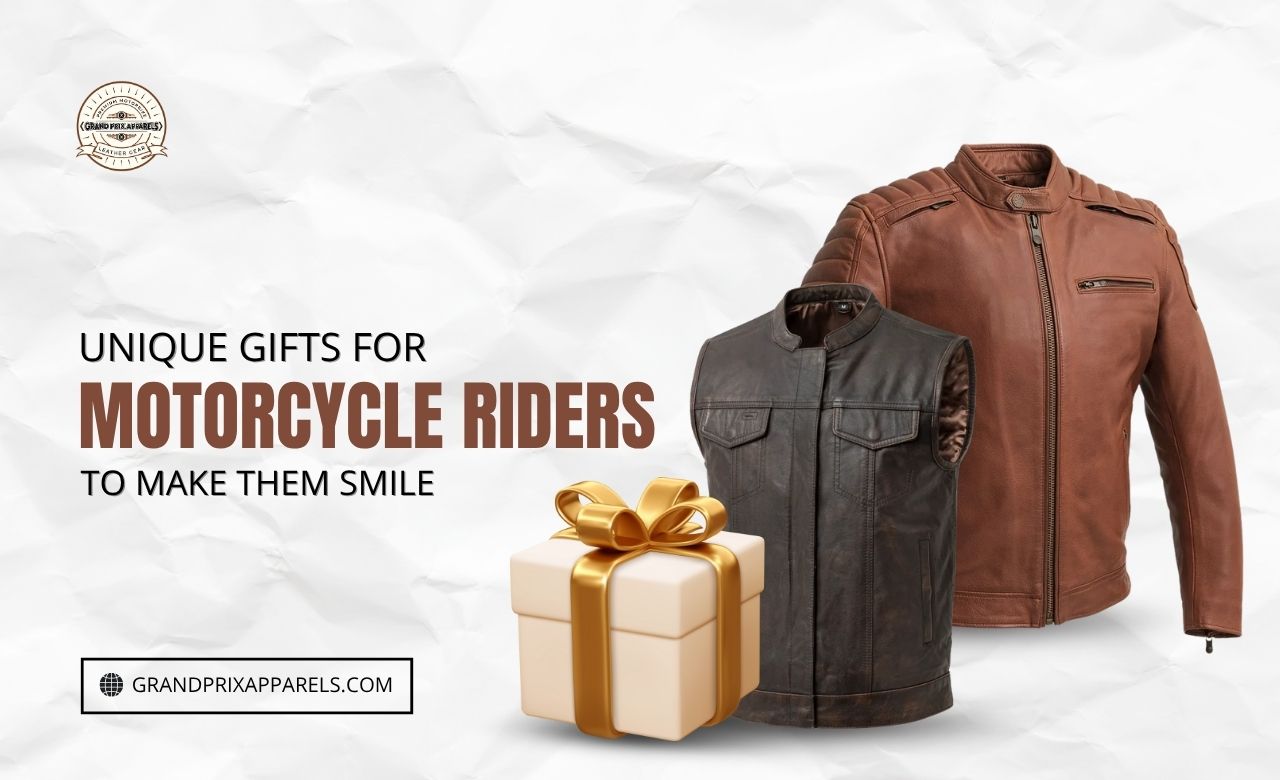
Motorcycle riders appreciate gifts that resonate with their passion, add value to their rides, and offer something distinctive. The right pick strikes a balance between
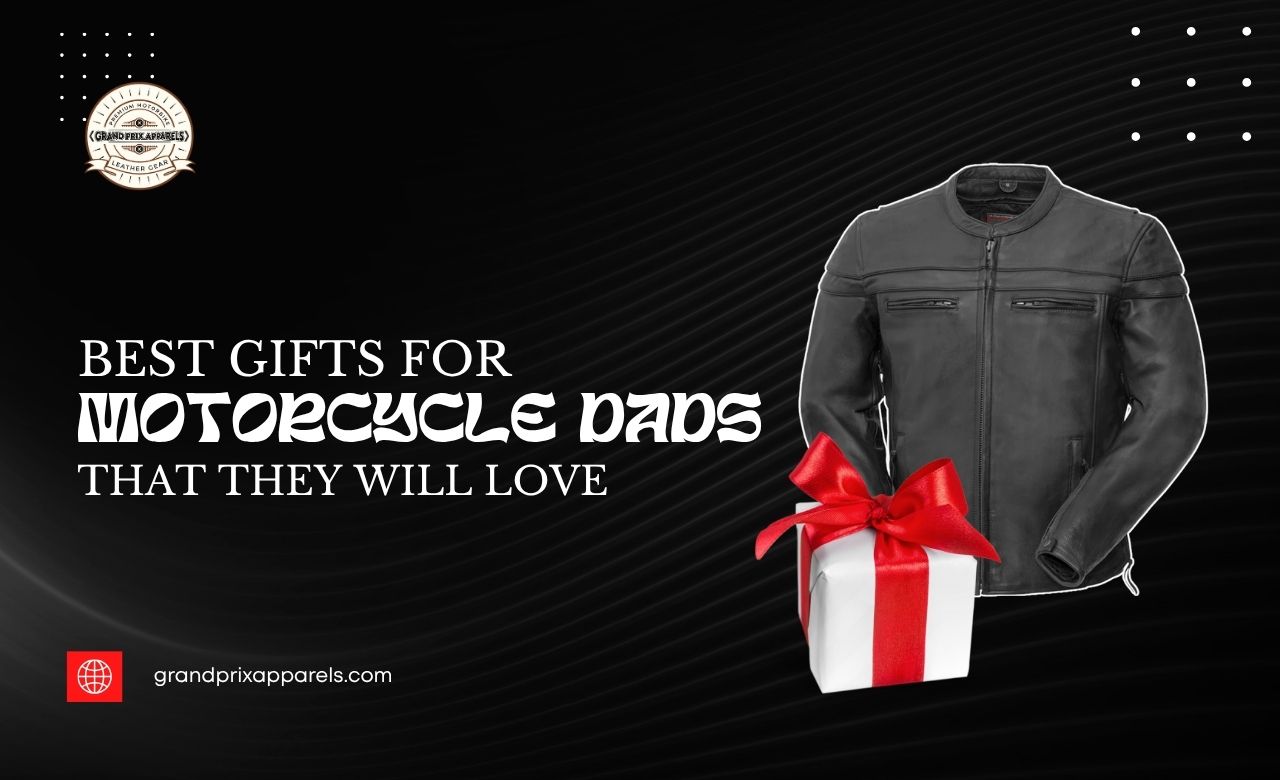
Motorcycle dads are passionate riders. They thrive on the open road, love the sound of the engine, and enjoy the thrill of every ride. If
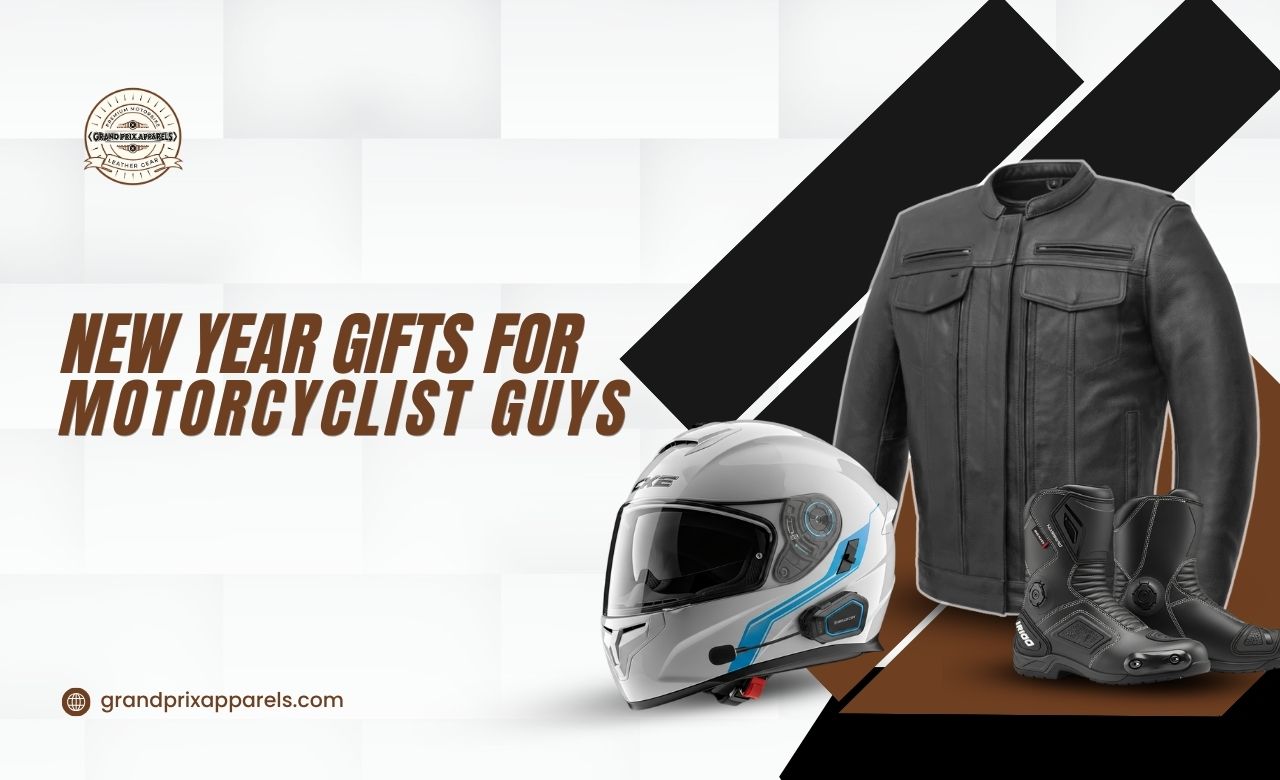
The New Year is the perfect time to surprise the biker in your life with a gift that blends excitement, purpose, and lasting value. Riders
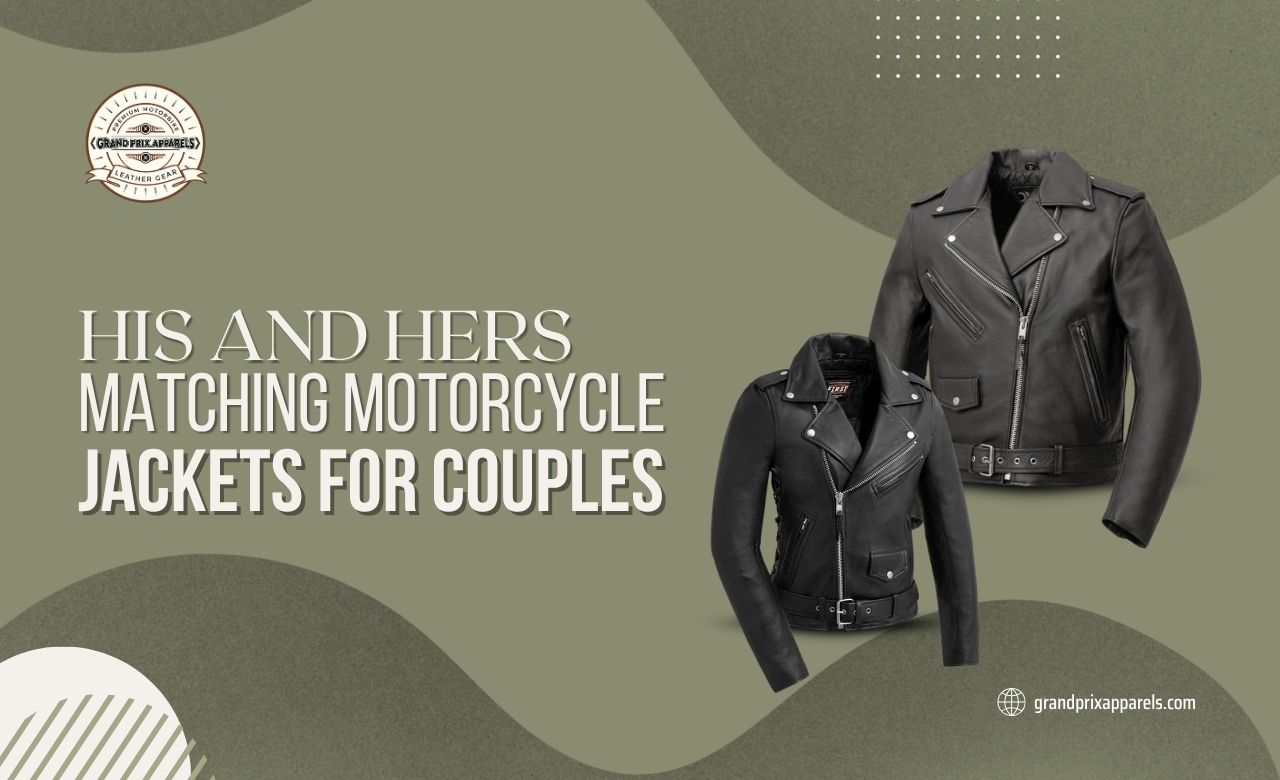
Riding together is more than just a hobby; it’s a way to bond, explore, and create memories on the open road. Matching motorcycle jackets are
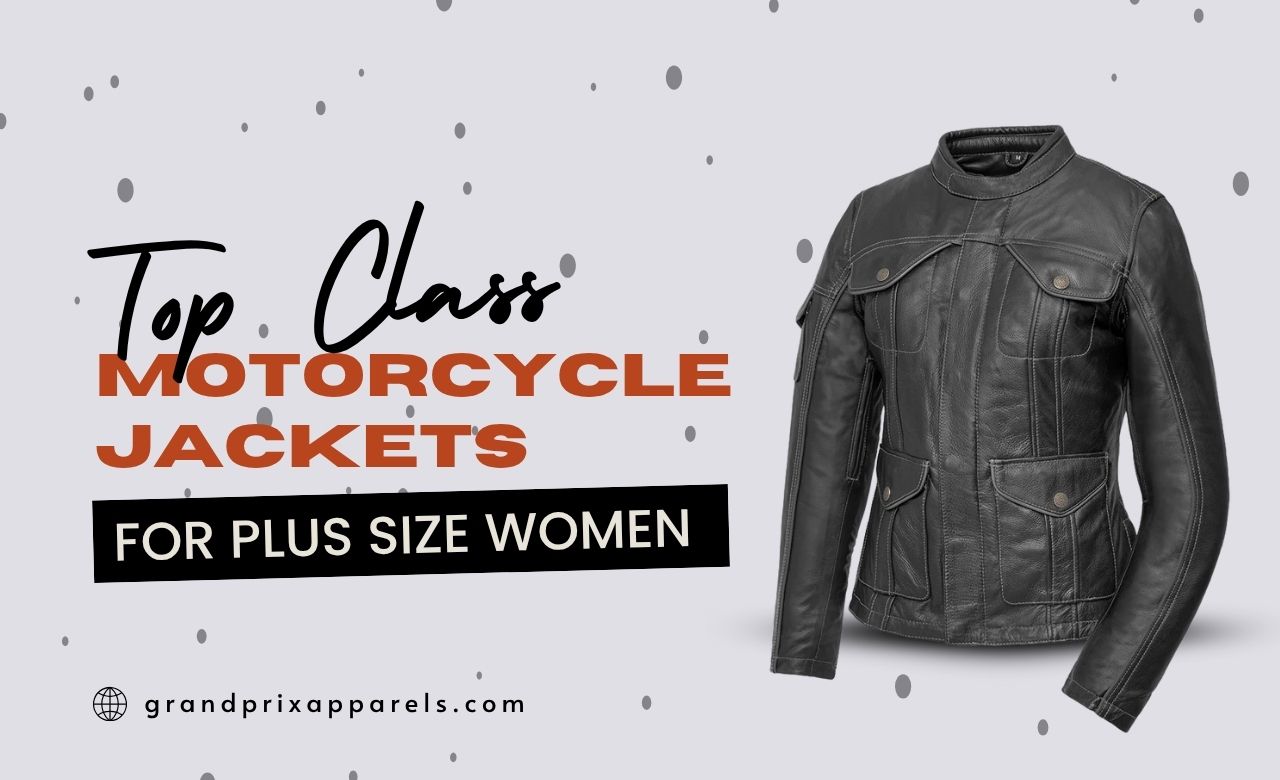
Every rider deserves gear that fits well, looks great, and feels comfortable, no matter the size. For plus-size women riders, finding the perfect motorcycle jacket
70 Pitman Ave, Fords, New Jersey, US
info[at]grandprixapparels.com
custom[at]grandprixapparels.com

Proin ullamcorper pretium orci donec necscele risqueleoam massa dolor imper dietnec consequata congue idsem maecenas malesuada faucibus finibus.
Uluwatu Jimbaran ST, 1919 - Bali, Indonesia
+62 212-345-321
deva@mail.com